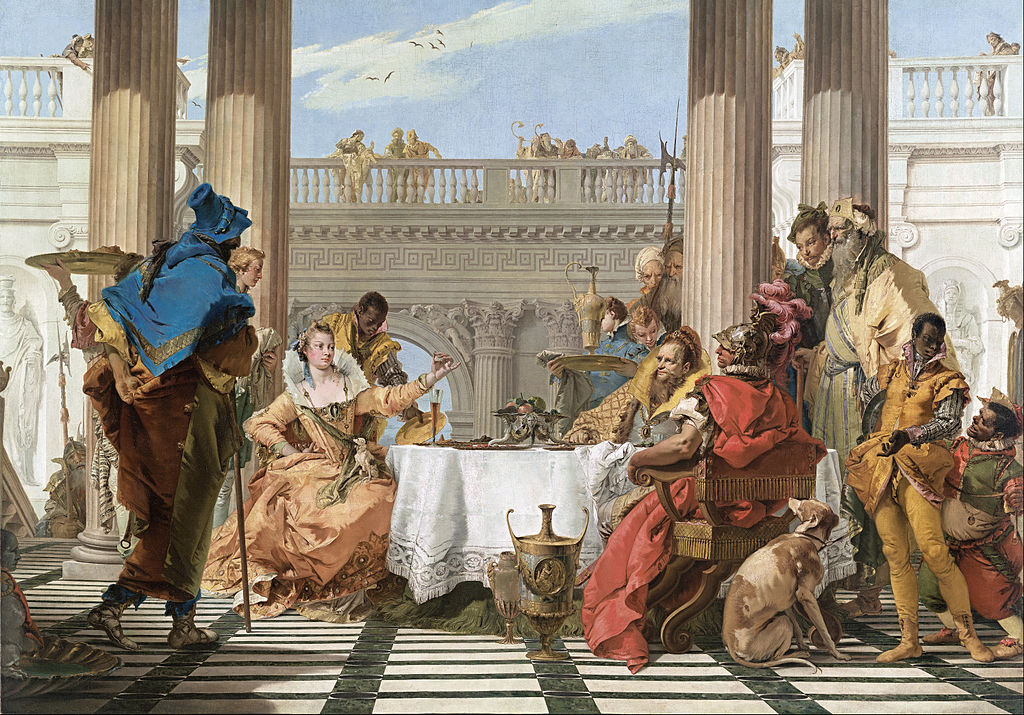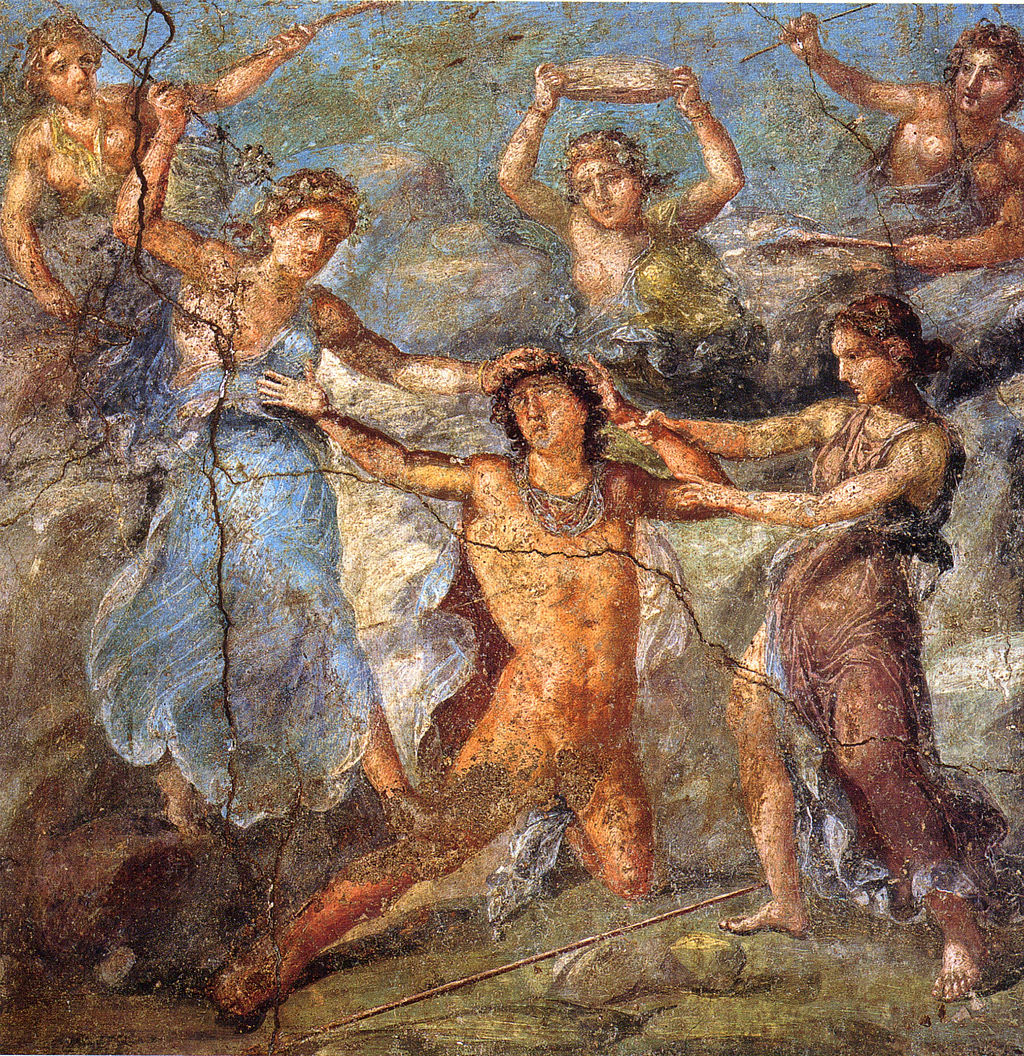For nearly all the world, the Second World War finally ended on 15 August 1945 when Japan announced its surrender or 2 September 1945 when Japan formally signed its surrendered. For some soldiers, however, this was untrue. Many were left with psychological scars that would haunt them until they died. Others had life-altering injuries that prevented them from being able to live as they had before the war.
Neither of these are true for Hiroo Onoda. For him, the war did not end until 1974. JT Newman explains.
Hiroo Onoda (on the right) with his brother Shigeo Onoda (on the left).
Hiroo Onoda was a Japanese intelligence officer who, in 1944, was sent to Lubang Island in the Philippines. He was ordered to stay on the island and disrupt Allied activity in any way he could. With these orders came one final command: he was never to surrender, and he was never to take his own life.
Even though his orders clearly stated he was to disrupt Allied activity in whatever way he could, his higher command prevented him from sabotaging an Allied airfield that was nearby. According to reports, his senior officers were eager to surrender when American forces arrived on the island in February 1945. In the fighting that followed their arrival, Onoda and three other soldiers - Private Yuichi Akatsu, Corporal Shoichi Shomada, and Private First Class Kinsichi Kozuka - escaped capture by fleeing into the local mountains.
For many months, Onoda and his three soldiers survived by rationing their food supplies and, when those ran short, foraging through the jungles for food. Occasionally, they would covertly kill a local citizen's cow for meat. It was during one of these raids that one of Onoda's soldiers found a leaflet that read: "The war ended on August 15. Come down from the mountains!"
With war over
Onoda and his soldiers dismissed it as Allied propaganda. Their beliefs were reinforced more heavily when police spotted them and immediately began to engage in gunfire.
Over the years, more leaflets would reach them, even some signed by former Imperial army generals. But each time, Onoda and his soldiers dismissed it as propaganda.
Throughout their time on Lubang Island, Onoda and his soldiers would conduct guerilla warfare operations on the local citizens. Any person they saw was assumed to be an Allied spy, so they engaged them in combat. They got into gunfights with the police and armed search parties who had been sent to retrieve them, burned rice storage down, and generally caused havoc among the local population.
In 1949, Private Akatsu had decided that he had fought for too long. Without saying a word to any of the others, he slipped into town and turned himself in to the local authorities. This caused the calls for the others' surrender to increase. The families of the soldiers were contacted. Letters and photographs of their families were dropped in their area, urging them to come out of hiding and into surrender. Onoda would not hear it out, as he refused to believe that the war was actually over. By the early 1950s, the remaining three were considered criminals on the island. Corporal Shomada was shot non-fatally in the leg in 1953, nursed back to health over several months, then shot again - this time fatally - in 1954 during an engagement with the police. This left only Onoda and Kozuka alive to continue the mission that they did not know had ended some years before.
Decades pass
Almost two decades passed, with Onoda and Kozuka continuing to raid their "enemies." They lived in makeshift shelters, continued to steal food from the island natives, and engaged in occasional skirmishes with the local police and others in the area. At this time, they still believed the war was on, and that their guerilla tactics would be invaluable for the Imperial Japanese Army to take the island back.
In 1972, Onoda and Kozuka were both reviled and feared on the island. Then, while burning a village's rice silo, police spotted them and fired a few shots. During this conflict, Kozuka was shot and killed. Onoda was able to escape back into the jungle and continue hiding.
Being on his own, Onoda realized that it was unlikely he would be able to continue his operations. He settled down at this time and instead chose to focus on survival.
Norio Suzuki was a college student and an adventurer. He set out to Lubang Island in 1974, with the intent of finding Onoda. Suzuki located him, and befriended Onoda, but was unable to convince him to come out of hiding. For that, Onoda demanded, he would have to hear from his commanding officer.
With this information in mind, Suzuki did just that. He arranged to meet with Onoda two weeks later and returned to the island with Onoda's former commander, Major Taniguchi. Onoda arrived wearing a tattered and dirty Imperial uniform, and carrying his sword, his still-working Arisaka rifle, several hand grenades, and roughly five hundred rounds for the rifle. Major Taniguchi read the orders out for Onoda to return home, as the war had ended.
Surrender and later life
After this, Onoda formally surrendered to President Marcos of the Philippines. Even though he had killed roughly thirty people and wounded many more, President Marcos granted him a pardon due to his belief that he was still at war.
Onoda returned to Japan a celebrity, as his story had spread across the world. However, he found it difficult to adjust to the post-war Japan lifestyle. After writing a biography titled No Surrender: My Thirty-Year War, Onoda moved to Brazil and lead a modest life raising cattle. Some time after this, he returned to Japan and founded the Onoda Nature School, which was a survival skills camp for youth. In 1996, he returned to Lubang Island and donated a large sum of money to a school there. Little else was publicly heard from Onoda until January 16, 2014, when it was reported that he had died of heart failure due to complications from pneumonia.
Onoda remains a divisive figure in some minds: some view him as the ultimate version of a patriot and others regard him as something much less than that for the damage he did to the community of Lubang.
This article was brought to you by Affordable Papers.
Editor’s note: That external link is not affiliated in any way with this website. Please see the link here for more information about external links.
Sources
https://www.thevintagenews.com/2018/03/23/hiroo-onoda/
https://www.damninteresting.com/the-soldier-who-wouldnt-quit/
https://allthatsinteresting.com/hiroo-onoda
















